
Television in the Soviet Union was strictly controlled by the state; hence, almost all programs broadcast “the voice of the Party”. That was reflected also in the TV programs for young viewers: these programs were raising “an exemplary citizen”, just like schools, summer camps and youth organizations.
Permanent TV broadcasting first appeared in the USSR in 1938. At the time, only one channel existed; programs on it were shown only at a specific time – from 8:00 pm to midnight. A TV was considered a luxury back then and not every home had one; plus, it was enormous with a small black-and-white screen.
But everything changed by the 1950s. TV broadcasting was now on from 9:00 am to midnight, while the number of TVs in the homes of regular citizens exceeded the million mark for the first. Programs for children and teenagers were an important part of the broadcast. So, what did the Communist Party try to teach Soviet children?
The USSR had TV programs that openly talked about the problems of the growing generation. They could touch on the topics of relationships with parents and peers, first love, subcultures of the time (for example, they could talk about rock music), homelessness among children, drug addiction, etc.
‘Till 16 and older’ became an example of such a program that tried openly talking to teenagers on an equal footing. It was released in 1983 and almost immediately earned the love of its target audience. The program aired right until 2001, well after the Soviet Union had collapsed.
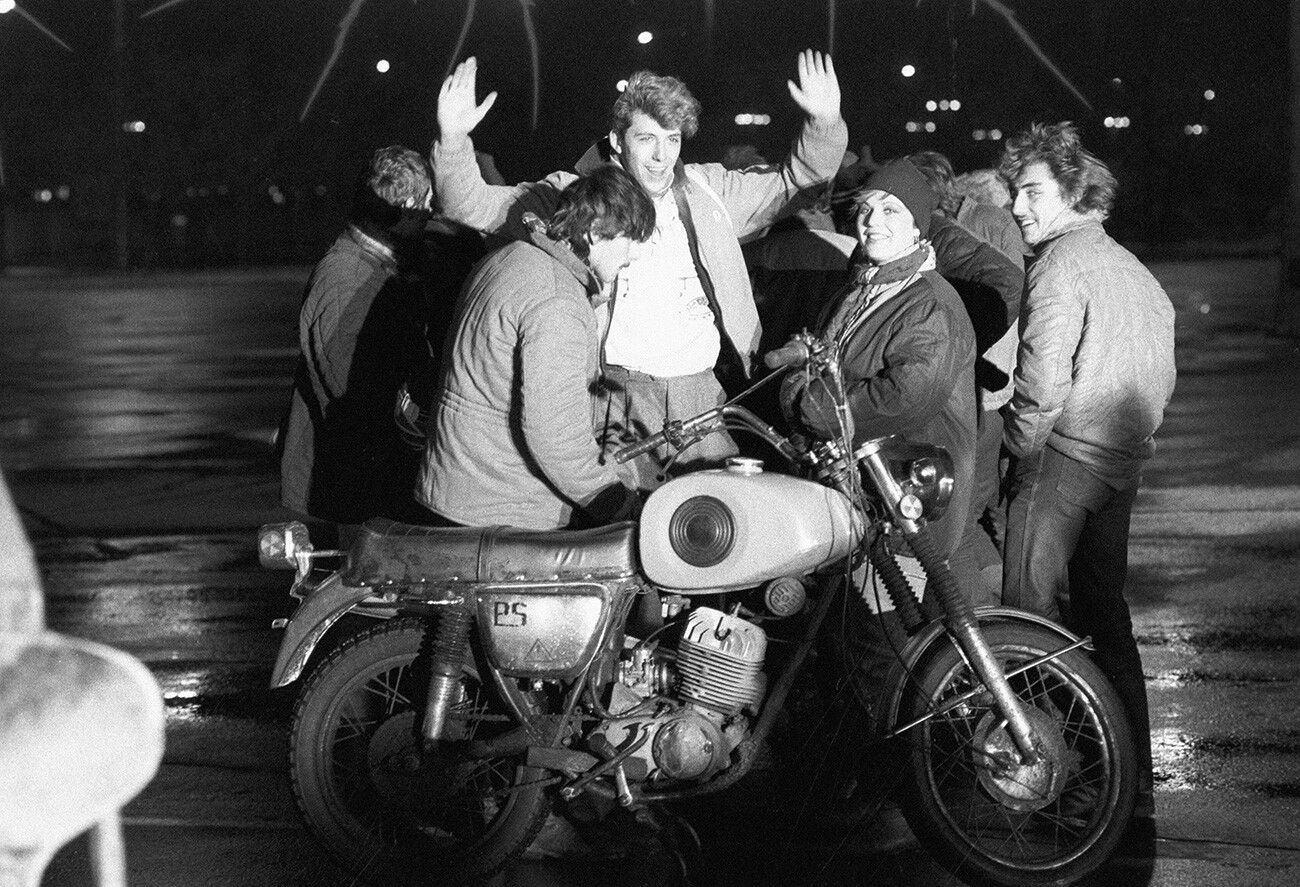
The rockers are participants in the filming of the television program ‘Till 16 and older’
Vladimir Rodionov/SputnikApart from programs on serious topics, there were teenage programs airing whose goal was to “instill” proper ideas, as well as to educate. One of the most popular formats of Soviet TV was the so-called ‘TV-magazine’, which consisted of sketches or short snippets and aired in episodes.
For many children, one of such iconic programs was ‘Yeralash’. Its short, 3-5 minute sketches had particular instructive narratives, albeit with humor. The approach “to reach the hearts of children through humor” helped amass a giant audience. Almost every school kid who had a TV at home knew this program.

‘Yeralash’
Eduard Gavrilov; Gennady Kurlaev/Gorky Film Studio, 1990The main messages of ‘Yeralash’ during its Soviet broadcast were honesty, righteousness, the ability to help others and responsibility for your own actions. Children and teenagers, just like the audience, were the main heroes of these sketches.
Meanwhile, moralizing without humor didn’t find much of an audience. A series of TV performances titled ‘Guys from our neighborhood’ aired at the same time as ‘Yeralash’, in which kids and teenagers were shown how important it was to help others. However, it was presented without any humor, so it failed to gain any traction. Despite the fact that ‘Guys from our neighborhood’ began airing a year before ‘Yeralash’ – in 1973 – the program was canceled after a short period of time.
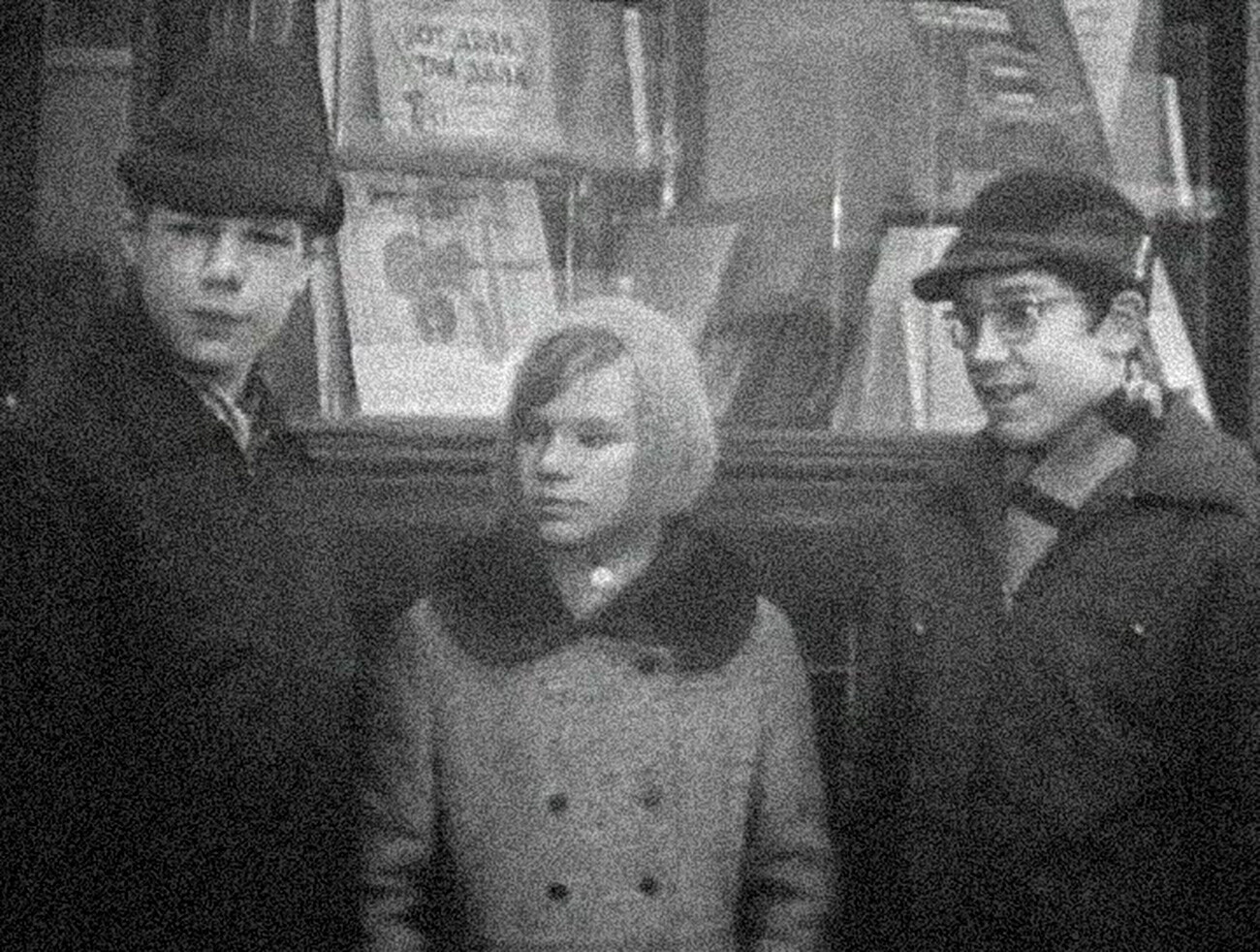
‘Guys from our neighborhood’
Antonina Zinovieva/Central Television (TV Studio "Orlyonok"), 1973Many TV programs which aired in the 1950s told children about how the world around them worked and tried explaining complex scientific processes in an accessible language.
One of the most famous programs of such a format was titled ‘Want to know everything’ – it aired from 1957 and stopped airing only in 2010. Every episode, with the help of collage animation, was devoted to remarkable scientific discoveries, flora and fauna, and covered the mysteries and secrets of space.
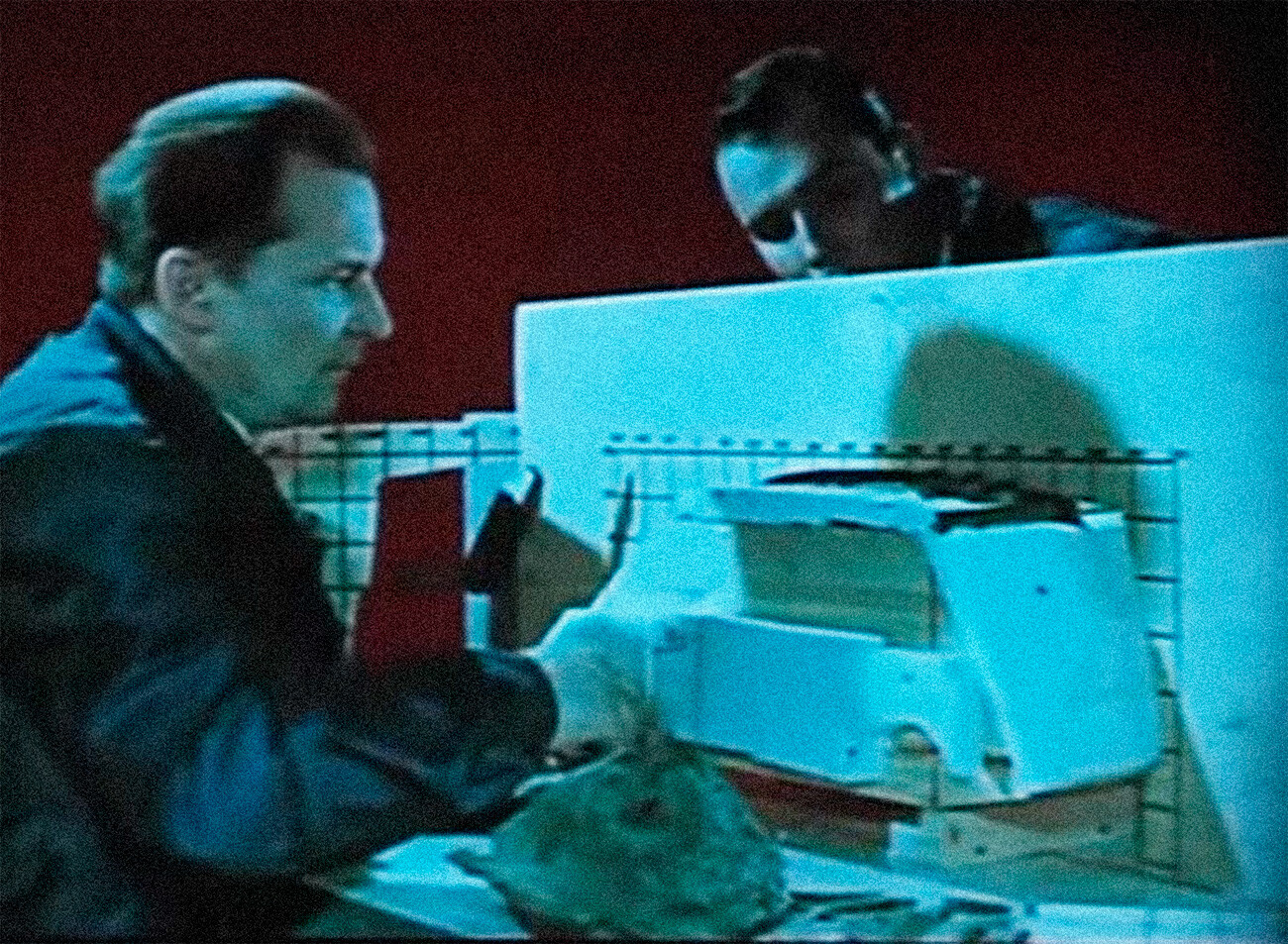
‘Want to know everything’
TsentrnauchfilmA similar program titled ‘Skillful hands’ was distinguished for its more practical approach. Once per month, kids were taught how to make handicrafts from plasticine, papier-mâché, colored paper, etc. The program was supposed to spur children’s and teenagers’ imagination, as well as help develop fine motor skills.
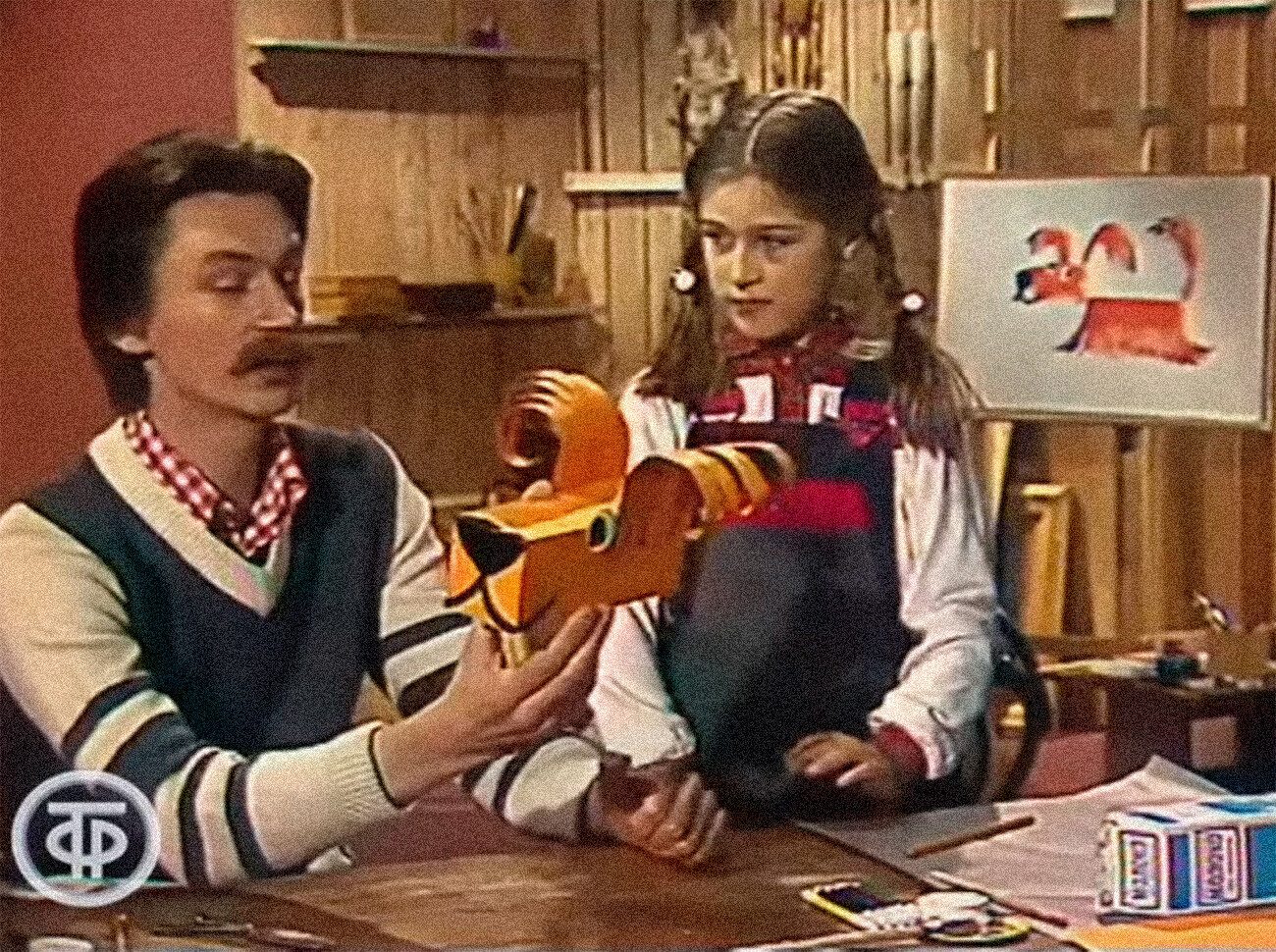
‘Skillful hands’
Soviet television. STATE RADIO FUNDWhat’s interesting, ‘Skillful hands’ was not just an equivalent of modern “tutorials”, but also a sort of a sports program, since it had two competing teams; the one who could produce a handicraft from the required materials quicker and better won.
Kids also learned foreign languages through TV. For example, from the end of the 1980s the program ‘Children’s Hour’ aired on Soviet TV screens, in which young viewers learned English, German, and French in a playful manner.
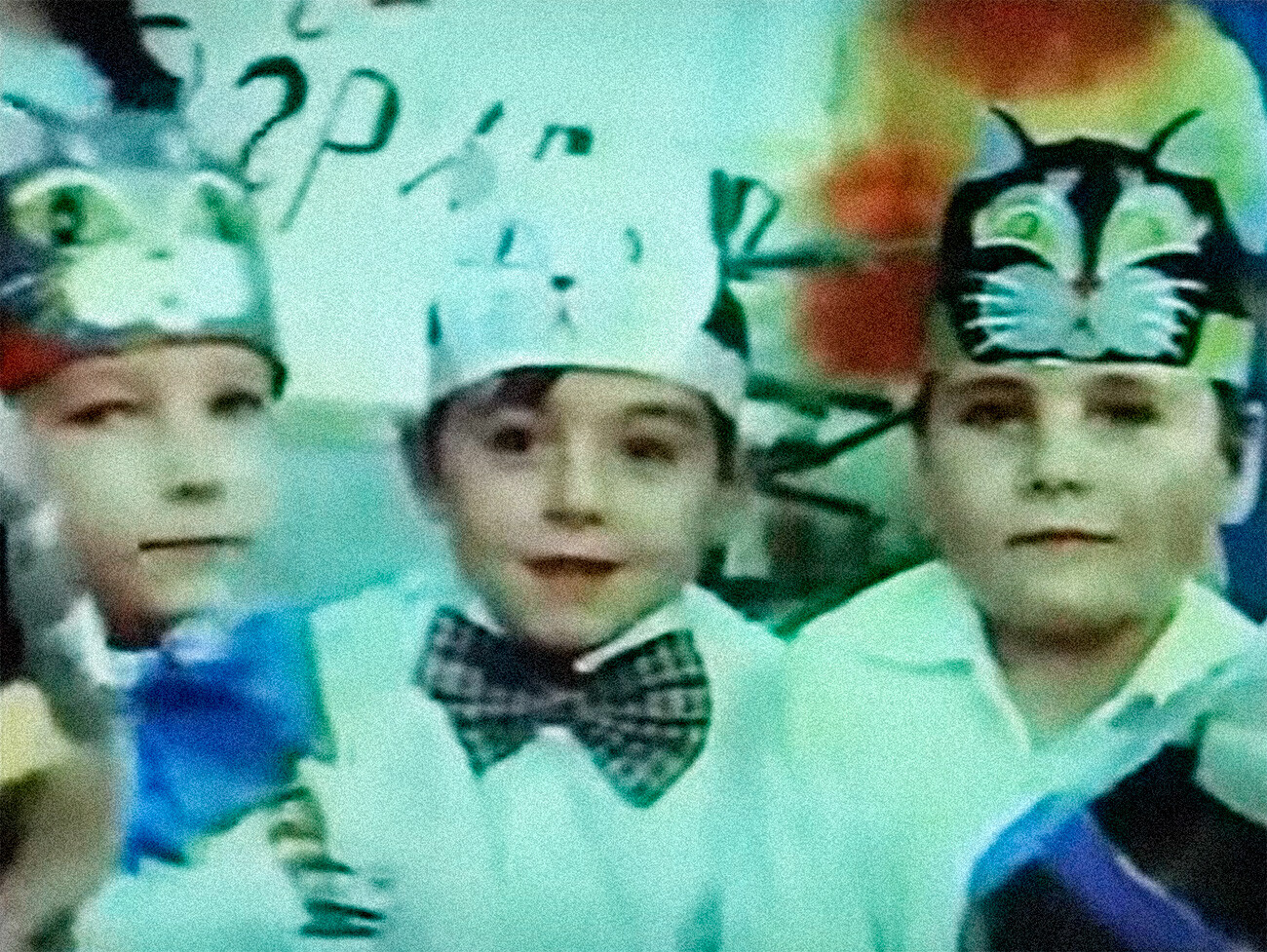
The program showed cartoons in foreign languages, performances of children’s collectives, recipes for simple dishes, which kids could learn to make by themselves. ‘Children’s Hour’ tried to weave foreign language into everyday life through everyday things and activities that people do regularly.
If using any of Russia Beyond's content, partly or in full, always provide an active hyperlink to the original material.
Subscribe
to our newsletter!
Get the week's best stories straight to your inbox